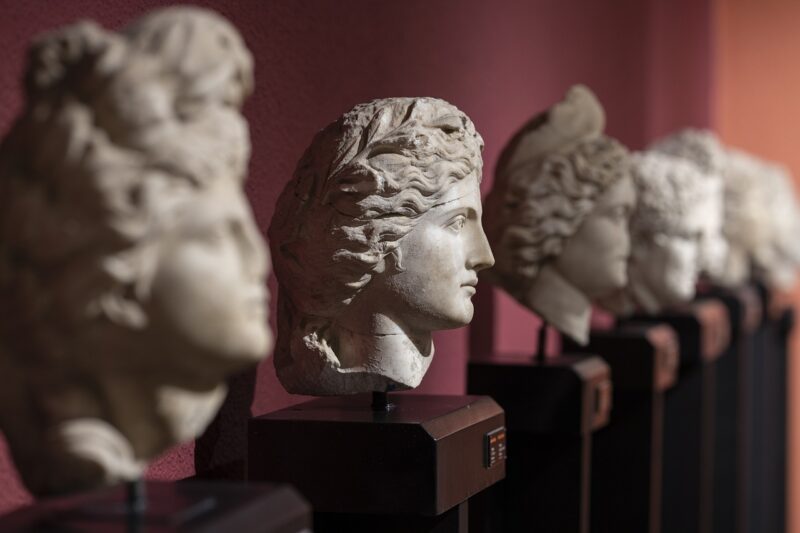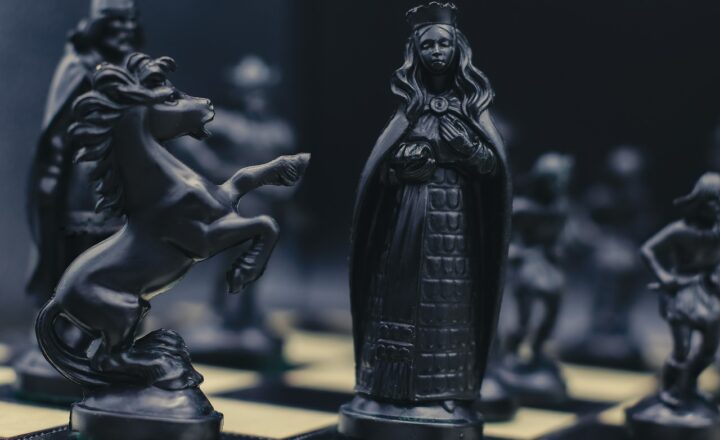Understanding the Cultural Significance of Sea Creatures in Ancient Societies
November 15, 2024

The vastness of the oceans has always captivated human imagination, serving as both a source of sustenance and a wellspring of cultural symbolism. In ancient societies, the creatures of the sea were not only integral to survival but also steeped in mythology and symbolism that often informed social, religious, and artistic practices. This article delves into the multifaceted roles that sea creatures played in ancient cultures, from serving as totems of power to embodiments of divine entities.
1. The Ocean as a Cultural Metaphor
The ocean has long served as more than just a physical boundary; it is a metaphor for the unknown, a representation of the subconscious, and a nurturing space. Ancient cultures perceived the ocean as a source of life, danger, and mystery. The sea was often associated with creation myths — many cultures credited a sea creature with forming land from waves or bringing forth life from the deep.
For instance, in Mesopotamian mythology, the god Ea (Enki), who is often depicted with fish swimming around him, was considered the god of fresh water and the sea, reflecting the interconnectedness of life. Similarly, the ancient Egyptians revered the Nile and saw aquatic life as vital to their agricultural prosperity.
2. Symbolic Representations in Mythology
Throughout various cultures, sea creatures were represented in oral and written narratives, often bearing moral or philosophical significance. For example, the Greeks integrated sea creatures into their mythology, with Poseidon, the god of the sea, often depicted with sea horses and other marine life. These creatures symbolized his power over the ocean waves and the unpredictability of the seas.
In ancient Indian texts, the Matsya (fish) avatar of the god Vishnu illustrates how the divine could take on the form of a sea creature to save humanity from a great flood. Such tales tell us how civilizations sought to explain natural disasters, using marine life to personify forces beyond their understanding.
3. Sea Creatures in Art and Iconography
Artistic representations of sea creatures are abundant in ancient artifacts, revealing the artistic appreciation and cultural significance placed on these beings. The Greeks, for instance, frequently illustrated scenes of gods interacting with dolphins and other fish, symbolizing harmony between humanity and the ocean.
Similarly, in ancient Rome, mosaics often featured depictions of sea life, highlighting the value of the ocean not only as a source of food but also as a subject of beauty. Furthermore, the Celts revered the salmon, depicting it in their art and viewing it as a symbol of wisdom and insight. This reverence illustrates how animal symbolism can transcend mere representation, carrying deeper meanings within cultural narratives.
4. Economic Importance and Mythical Significance
The economic dimensions of ancient societies were intricately tied to the maritime environment. Fishing and foraging for seafood not only provided sustenance but also became a pivotal aspect of trade. Coastal communities flourished through fishing, leading to established social hierarchies based on fishing prowess and naval strength.
However, the economic reliance on sea creatures often overlapped with their mythical significance. In ancient Maori culture, for example, the octopus (octopoda) held a special place in local legends, symbolizing adaptability and intelligence. This symbolic status made it an important catch, revered both as sustenance and as a creature of legendary narratives.
5. Spiritual Beliefs and Rituals
In many ancient societies, sea creatures also played substantial roles in spiritual beliefs and practices. For instance, the Indigenous peoples of the Pacific Islands often viewed whales as sacred, believing these colossal beings carried the souls of ancestors to the afterlife. Their movements across the ocean were seen as spiritual journeys, leading to various ceremonial practices that honored these majestic creatures.
Thus, hunting and utilizing sea creatures was sometimes laden with religious significance, often requiring rituals to ensure respect and gratitude towards the natural world. Ancient Polynesians performed elaborate ceremonies to honor their catch, reflecting the intricate bond between the fishers and the ocean’s bounty.
6. The Role of Sea Creatures in Navigational Practices
Sea creatures also offered practical benefits in ancient navigation practices. Many navigators observed marine wildlife to understand ocean currents, weather patterns, and the presence of nearby land. For example, the presence of certain fish species often indicated the proximity of islands or coastal areas.
In many Polynesian cultures, knowing the migratory patterns of sea birds and fish was crucial for successful navigation. Tribes developed complex knowledge systems, combining oral traditions with keen observational skills that utilized sea creatures as natural guides.
7. Conclusion: Lasting Legacy of Sea Creatures in Cultural Narratives
The importance of sea creatures in ancient societies extends beyond their practical applications for food and navigation. They’ve served as symbols of humanity’s relationship with nature, embodying complex narratives steeped in tradition, mythology, and spirituality. As we explore historical contexts, we gain a deeper understanding of how ancient civilizations revered these beings and how they contributed richly to the cultural fabric of societies.
In modern times, the symbolism of sea creatures remains powerful, reminding us of the interconnectedness of all life forms and the respect we owe to the natural world. As we study these legacies, it is crucial to acknowledge the historical significance of marine life and maintain a commitment to preserving our oceans and their inhabitants for future generations.







